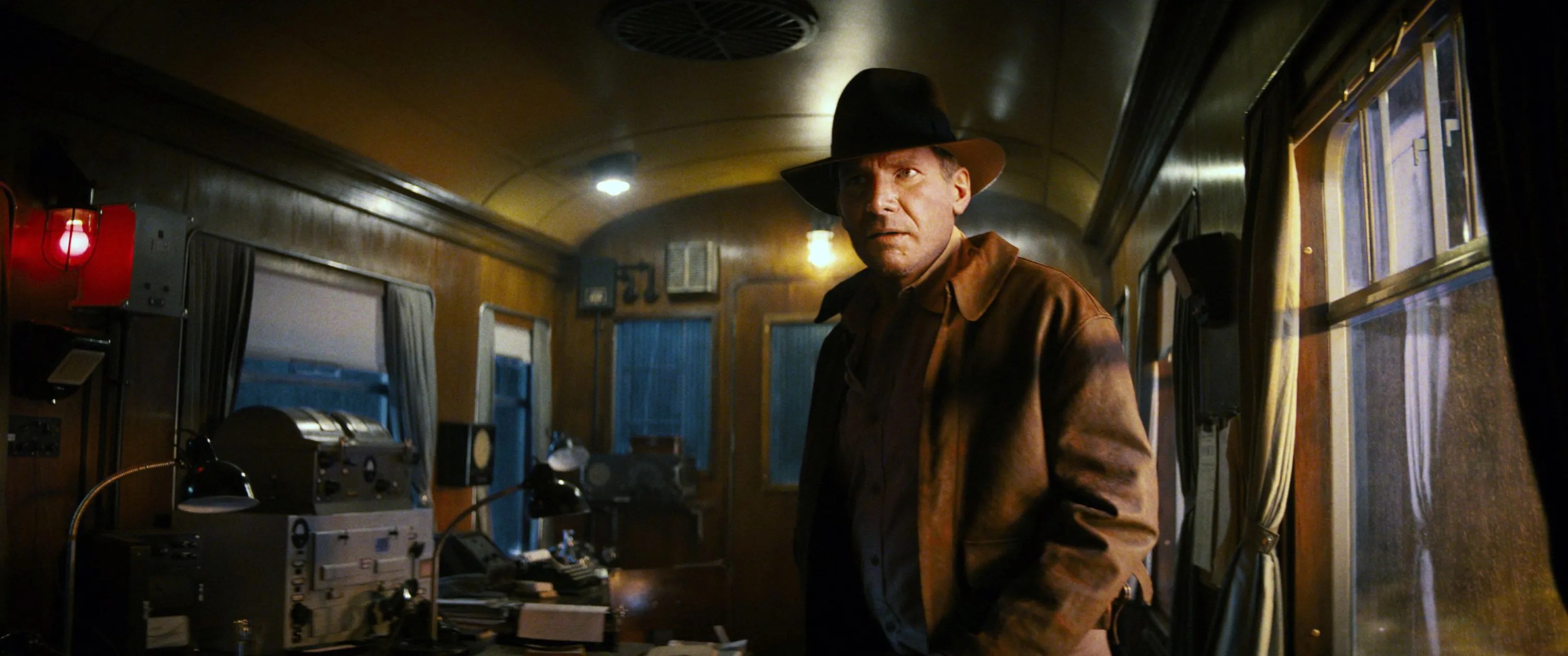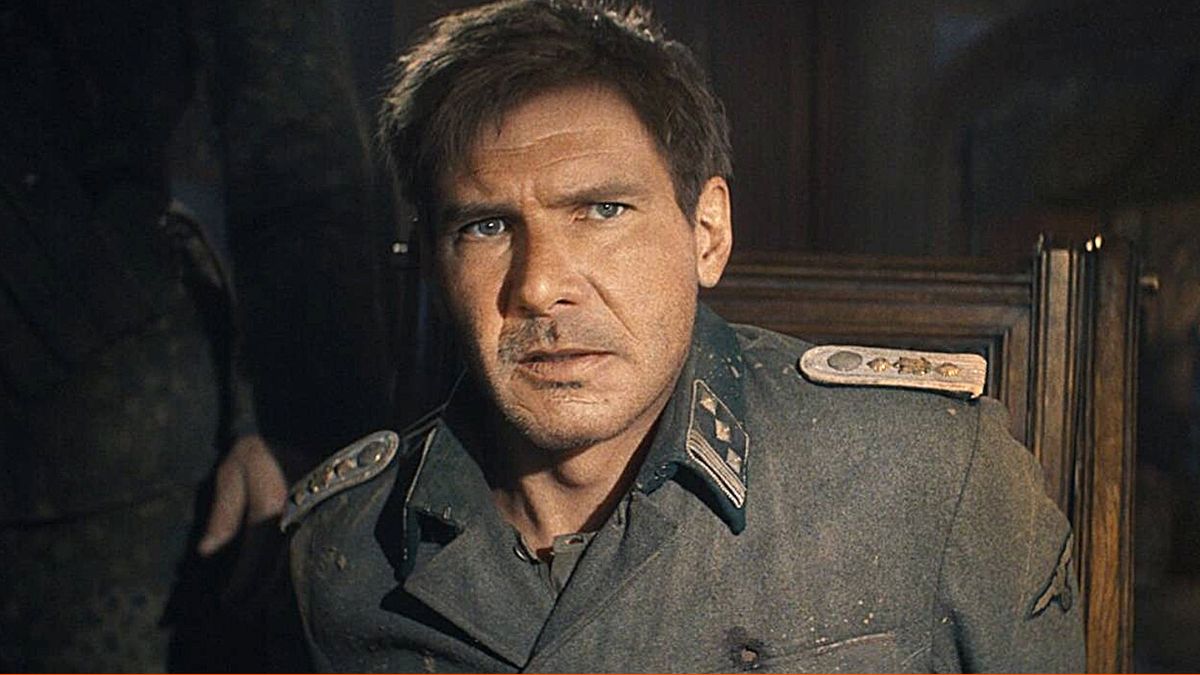Warning: This article contains minor spoilers for Indiana Jones and the Dial of Destiny.
The newest Indiana Jones film, Indiana Jones and the Dial of Destiny, is set in 1969, over three decades since the events of Raiders of the Lost Ark. While the majority of the new film follows an older Dr. Jones as he battles a former Nazi amid retirement from his teaching position, the opening scene takes place in 1944 and features a much younger-looking Indy.
De-aging isn’t anything new for films, but while older attempts were clumsy at best, more recent ones tend to be more realistic (although many viewers think the Dial of Destiny de-aging still borders on uncanny). How did the crew behind the film make Harrison Ford, who’s currently 80 years old, look nearly half his age?
Several techniques helped make Indiana Jones young
De-aging Indiana Jones was no simple feat and took several techniques to pull off. The process of de-aging an actor through AI involves using machine learning algorithms to analyze and manipulate the actor’s facial features, skin texture, and other visual elements. This allows filmmakers to digitally rejuvenate the actor and create a more convincing illusion of youth on screen.
In an exclusive interview with Empire, director James Mangold remains relatively mum on the subject, though he shares ILM software (short for Industrial Light & Magic, a visual effects company founded by George Lucas) was used to comb through archived material of a younger Harrison Ford before matching it with the new footage.
To achieve this method, ILM used a set of tools called FaceSwap. In the same way ILM developed the technology that allowed Scorsese to de-age actors in The Irishman, Dial of Destiny used a proprietary system called Flux that utilized two infrared cameras mounted on either side of the camera that filmed Ford to gather information about his performance on-screen. Unlike The Irishman, this project also used dots on the actor’s face that captured even more data. All that data was then combined to create a CG mask that could be placed on Indy at any moment in the frame.
As part of the ILM team’s efforts to make Ford look like his younger self, the team used machine learning tools to search through all of the footage Lucasfilm had available for Ford. Also, the team used VFX tools from Disney Research as well as a “smattering” of other sources to help refine the de-aged shots.
The challenges of de-aging Indiana Jones

As the de-aged scenes are mostly set on a train traveling through the Bavarian countryside, keeping the proper “physical configuration of the face” since there is a blue screen and hundreds of artists involved had proved to be a challenging process for ILM VFX supervisor Robert Weaver.
There are times in the sequence when Indy’s smirk might need to be tweaked to give it more realism, such as when a scene begins at night and ends at dawn. However, that adjustment could create a sheen that will highlight new folds and make the smirk seem frowning to the viewer.
The eyes were usually the problem if Indy looked disconcerting, as our gaze generally settles there, Weaver told Wired.
“There are idiosyncratic characteristics that each individual has with the way that they blink, the number of times they blink, how the eyes sit at rest, and those types of nuances lead to a perception,” he says. “Many times, we weren’t quite getting the right balance of the eye-opening and the shape of the overall eyes, and were continually having to reference both older footage and what was shot in camera.”
Although de-aging technology did most of the work, the costume department helped out as well, fishing out Indiana Jones’ original jacket from Raiders of the Lost Ark, which was then “replicated thread-by-thread” for Ford to wear in the newly shot scene.
Producer Kathleen Kennedy acknowledged the reality that viewers will focus mainly on how the effect was achieved but expressed her hope that they’d still appreciate how the de-aging is intended to make them feel.
My hope is that, although it will be talked about in terms of technology, you just watch it and go, ‘Oh my God, they just found footage. This was a thing they shot 40 years ago.’ We’re dropping you into an adventure, something Indy is looking for, and instantly you have that feeling, ‘I’m in an Indiana Jones movie.’
While audiences found Ford’s aged voice coming out of a younger-looking Indy vaguely unsettling, Ford found the effect more convincing— albeit still unsettling. “This is the first time I’ve seen it where I believe it. It’s a little spooky,” the actor told Empire. “I don’t think I even want to know how it works, but it works.” We’re still not sure exactly how it works either, but de-aging tech has certainly come a long way.











Published: Sep 18, 2023 12:50 pm